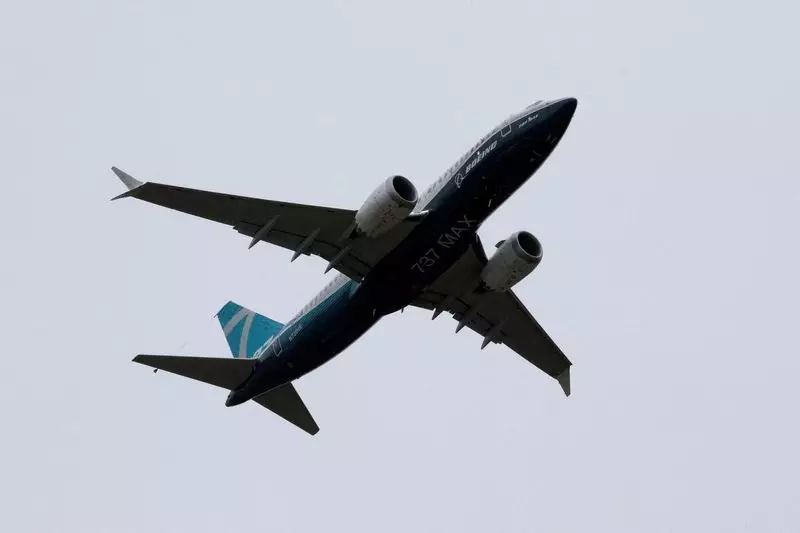The aviation industry is no stranger to safety challenges, and recent incidents involving Boeing’s 737 MAX aircraft have reignited scrutiny over engine performance and operational protocols. This heightened attention follows two bird strike occurrences reported by Southwest Airlines in 2023, which raised alarm over the CFM LEAP-1B engine fitted in these aircraft. The repercussions of these events have prompted the Federal Aviation Administration (FAA) to convene a review board to thoroughly evaluate the safety concerns posed by these incidents.
Bird strikes have long been a concern for airlines worldwide, but their escalation in severity often necessitates immediate action from regulatory bodies. The FAA’s engagement stems from the smoke that infiltrated the cockpit during these two incidents, leading to a reevaluation of emergency protocols. Industry experts acknowledge that instances of smoke in the cockpit are rare; however, the potential ramifications are significant enough to warrant a reevaluation of existing safety procedures.
Southwest Airlines has taken a proactive stance, reminding flight crews of established protocols while emphasizing collaboration with manufacturers and safety regulators. By doing so, they hope to implement a permanent resolution to ensure employee safety and mitigate the risks associated with bird strikes. This partnership reflects a broader industry commitment to aviation safety that extends beyond individual airlines to include manufacturers like Boeing and CFM.
The collaboration between the FAA, Boeing, CFM, and the European Union Aviation Safety Agency (EASA) marks a crucial step towards addressing the potential risks posed by the LEAP-1B engine. The FAA is weighing its options, contemplating interim procedural adjustments for pilots to counteract these rare but troubling occurrences. A careful analysis must be conducted to determine whether these procedural changes will not only improve safety outcomes but also be feasible in the context of existing training requirements.
Boeing’s communication to flight crews regarding potential effects associated with severe engine damage indicates a proactive approach to flight safety. While the company reassures that the LEAP engine meets the necessary certification standards, there remains a critical need to monitor and address anomalies that can arise from unforeseen circumstances, such as bird strikes exceeding regulatory size and weight benchmarks.
As Boeing navigates these complex challenges, the certification delays of the MAX 7 and MAX 10 models exemplify the intricate balancing act between innovation and regulation. The underlying issues related to engine performance and anti-ice systems necessitate a comprehensive investigation to safeguard the aircraft’s integrity. A successful resolution to these challenges will not only enhance the safety of the aircraft but will also reassure stakeholders and customers of Boeing’s commitment to creating a reliable and safe flying experience.
Upholding aviation safety standards is a collective responsibility among manufacturers, airlines, and regulatory bodies. As the industry adapts to these recent developments, it will be vital to ensure transparent communication, continuous monitoring, and collaborative solutions to bolster public confidence in air travel. Through these efforts, the aviation sector can emerge stronger and more resilient in the face of potential setbacks.

